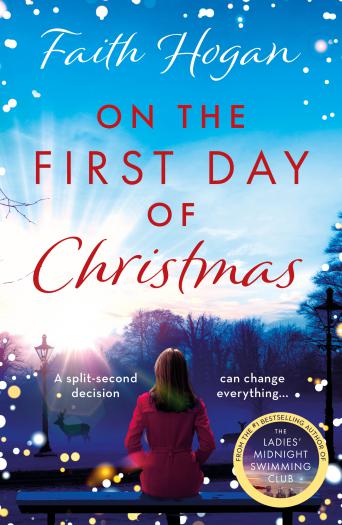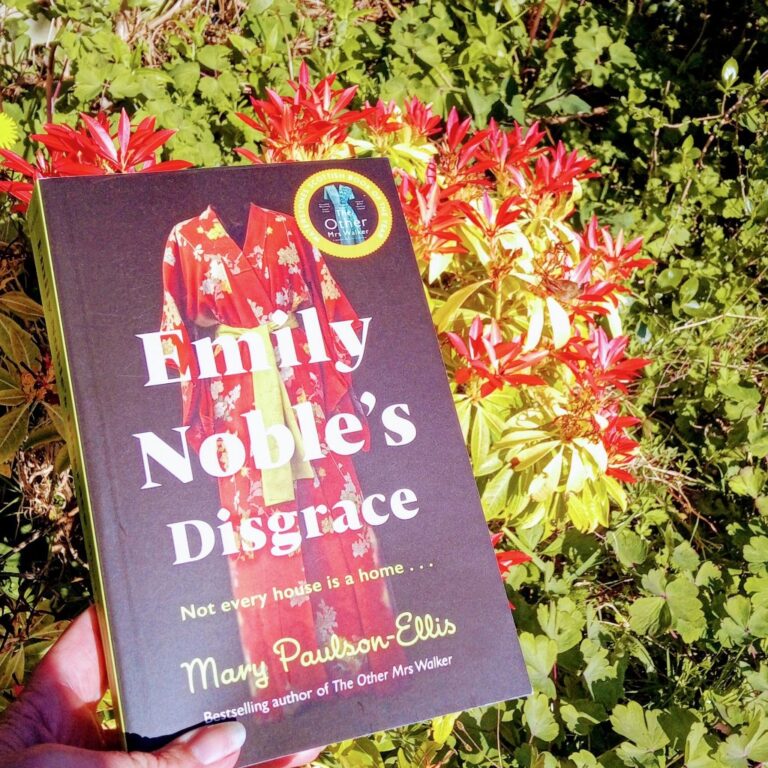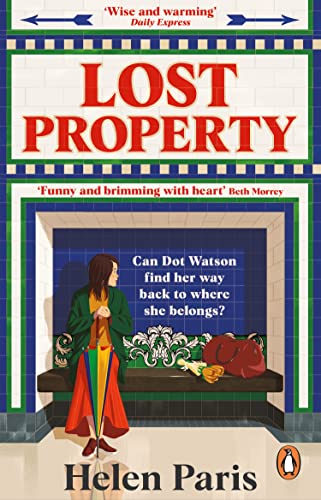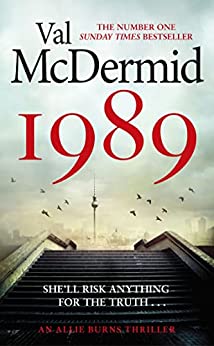
It’s a London-based historical thriller set in 1678, so in the later part of Charles II’s reign. A boy is discovered on the bank of the Fleet River, drained of his blood. A Justice of the Peace enlists the help of two Royal Society ‘new philosophers’ to help him solve the crime. Their investigation uncovers a mystery from the Civil Wars, and a plot to assassinate the King.
The City of London, 1678. New Year’s Day. The body of a young boy, drained of his blood and with a sequence of numbers inscribed on his skin, is discovered on the snowy bank of the Fleet River. With London gripped by hysteria, where rumors of Catholic plots and sinister foreign assassins abound, Sir Edmund Bury Godfrey, the powerful Justice of Peace for Westminster, is certain of Catholic guilt in the crime. He enlists Robert Hooke, the Curator of Experiments of the Royal Society, and his assistant, Harry Hunt, to help his enquiry. Sir Edmund confides to Hooke that the bloodless boy is not the first to have been discovered. He also presents Hooke with a cipher that was left on the body. That same morning Henry Oldenburg, the Secretary of the Royal Society, blows his brains out. A disgraced Earl is released from the Tower of London, bent on revenge against the King, Charles II. Wary of the political hornet’s nest they are walking into – and using evidence rather than paranoia in their pursuit of truth – Hooke and Hunt must discover why the boy was murdered, and why his blood was taken. Moreover, what does the cipher mean?
Mervyn Peake’s Titus Groan. Am I allowed the trilogy?
The Bloodless Boy by Robert Lloyd was published by Melville House on 4 November 2021.
About the Book
I wanted to write a thriller, and had done an M.A. degree in the History of Ideas, where my thesis was about Robert Hooke and the early Royal Society. The two things came together. Because the novel uses real characters, my research inspired much of its plot, especially events described in Hooke’s diary. Also, I’d read a few books with two time frames. A.S. Byatt’s Possession, for example. In my book, the action takes place 25 years or so after the Civil Wars, and although the split time frame idea disappeared in early drafts, there still remains the consequences of the past unleashed into my characters’ present.
5. What do you do when you aren’t writing? What do you do to relax and get away from it all?
7. I like to end my Q&As with the same question so here we go. During all the Q&As and interviews you’ve done what question have you not been asked that you wish had been asked – and what’s the answer?
1. Tell us a little about The Bloodless Boy.
2. What inspired the book?
6. If you could only read one book for the rest of your life which book would it be?
3. Are you a plan, plan, plan writer or do you sit down and see where the words take you?
4. Was there anything about the publishing process that surprised you?
I’ve not been asked how my self-published book came to be published after so long, although I have described the process in a couple of places. The answer bears retelling, I think. I owe it all to Christopher Fowler, author of the Bryant and May mysteries, who blogged about my two books, and stated that he was amazed they hadn’t been taken on by a publisher. He then described them on Radio 4 as ‘unputdownable’. A bookseller in San Francisco, Martin Sorensen of Green Apple Books, read the blog, then read the books, and recommended them to Dennis Johnson of Melville House. Dennis read the books purely on Martin’s say-so. Luckily for me, he enjoyed them. I feel like I’ve won the lottery, and I’m very aware how much I owe to the generosity of others.
Robert kindly answered a few of my questions.
Firstly, that I was offered a contract! (After a lengthy while of being self-published, actually it was more of a shock.) Secondly, how much I would enjoy the editing process. Working with Melville House’s editor, Carl Bromley, to make a historical thriller as exciting as we could, was great fun. So much for the lone wolf image of myself that I’ve nurtured for years.
I stopped teaching a few years ago, as I was exhausted by it. Since then, I’ve worked part-time in an outdoor clothing and equipment shop, which I enjoy tremendously. In my own time, family life is constantly rewarding. I also paint landscapes and portraits, (and sell them at very reasonable rates), although with The Bloodless Boy’s publication this has recently taken a back seat.
Hmm. Writing around a full-time teaching job, The Bloodless Boy took me 12 years before I felt it was ready to send to literary agents. I blame this ridiculous length of time to lack of planning. For a long time, I thrashed around shaping the thing, and trying to decide on an ending. Attracted by some new nugget of research I’d uncovered, I kept changing my mind. It was hopelessly incompetent, and ill disciplined. The second book was far quicker to write, (and the third) because not only did I plan in detail, but I started with the ending. These are well-established methods of speeding things up, but I made a lot of mistakes before I reached this conclusion. I don’t say this way suits everybody—far from it. Lee Child, famously, prefers to start with a blank page and discover his story as he goes along, and apparently his first draft is pretty close to the finished product. That’s served him very well indeed! For me, though, the process of discovery happens in the planning stage. If a character ‘takes over’ or a new plotline suggests itself, it’s far easier to revise a 10,000 word plan than a 100,000 word draft.







